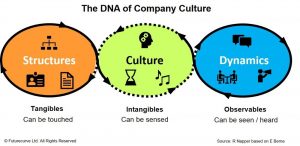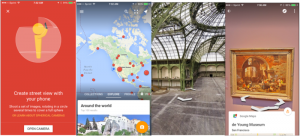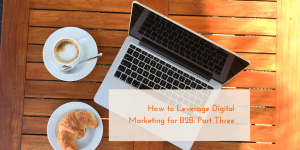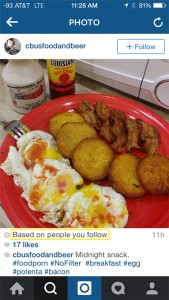So what do you exactly stand to benefit from if you super personalize your digital marketing?
According to CMO, personalized emails deliver six times higher transaction rates and in-house marketers who personalize their web experiences see on average a 19% uplift in sales.
And Econsultancy’s research shows that post-purchase loyalty programs that contain personalized offers are one of the most important factors encouraging repeat purchase.
Now you know why you should be doing it, let’s take a look at how to get going.
What and how to personalize
There are many channels (offline and online) that you can personalize. For example, a direct mail piece, an email, SMS, custom landing page, and even your website. And I’m sure you’re already using the data you hold on your customers to personalize these channels. Like their name, gender, location, last engagement with you (downloaded a whitepaper or product purchased from you) or an interest they’ve registered with you.
But how can you take this to the next level?
Your marketing automation platform should let you collect more than just demographic, preference data, or their last action/engagement.
Here are some examples of the kind of you data you should be collecting to transform your digital marketing. To keep the length of this blog down, I’m just going to concentrate on email and landing pages:
Website
- What pages have they viewed on your site? And most importantly, what types of pages are these? If you can, tag them so you can pull a report on who’s visiting your products section and who’s accessing your resource center. This will give you a good idea of what they’re using your site for and you can craft your messages and offering around that. Next look into the exact pages and use that to close a sale or recommend something that would benefit them.
- How long have they spent on these pages? If someone was on your pricing page for less than 5 seconds but spent 2 minutes scouring your careers page, it gives you a good indication about what they want from you and lets you see how valuable they are to you. A good marketing automation platform will automatically change their lead score according to activity like this too.
- Good personalization starts from acknowledging an action someone has taken on your website and thanking them for it. Like ‘Thank you for downloading our whitepaper on: The Role of Email in Multichannel Marketing’ or ‘Thanks for requesting our wedding furniture price list.’ Even better personalization would be a follow up to this email asking them if they enjoyed it/found it useful and recommending something similar. But you should also be looking at the types of forms they’re filling in and use this to gauge how engaged they are with your brand and if they’re moving through your buying cycle appropriately.
- Your marketing automation platform should let you pull in your service or product catalog so you can the personalize your offering in emails and landing pages based on your customers demographics, interests, and previous engagement with your website and order history.
Transactional
Collecting the following type of data will let you send highly personalized comms that will ensure you win that sale and benefit from repeat sales and upsell/cross-sell opportunities:
- Online and offline sales
- Free delivery VS paid
- Budget or luxury products
- Shop more when there’s a sale
- Average Order Value (AOV)
- Previous purchases
One example of a customized email or landing page is including the image, title and description of previously purchased products with a link to your reviews page for each, so you can prompt customers to review these products for you.
Social
Social is a popular channel that many of your customers and prospects will be using to engage with your brand. You should be collecting data like the networks they use (Facebook, LinkedIn, Twitter, etc.), their social interests and social influence.
Using this data you can personalize emails and landing pages based on their interests or send contextualized messages by acknowledging that you first interacted with them on xx social network. And if you know they have a strong social influence, prompt them to share your content on their preferred social network.
Custom to your business
You should also be collecting data that’s personal to your company. For charities this could be the value of charity donations made by individual customers. For tech/software companies it could be who has a free trial account and is using it or what exact features your existing customers are using, in what way and how often.
Let’s take a look at the charity example in more detail. If you know every donation each customer has made you’ll be able to identify who makes donations around £5-£10, £20-£50 or larger donations like £100. Using this data you can personalize donation request emails and the landing pages where they’ll take action. Instead of a generic request. For example, you wouldn’t want to ask someone who usually makes a £10 donation to make a £100 donation as this could put them off. But on the other hand, if you know someone frequently gives £100, you could use this as an opportunity to request £120 rather than a generic email that might be asking for £20.
There’s plenty more you can be doing when it comes to personalizing your digital marketing.
(144)





